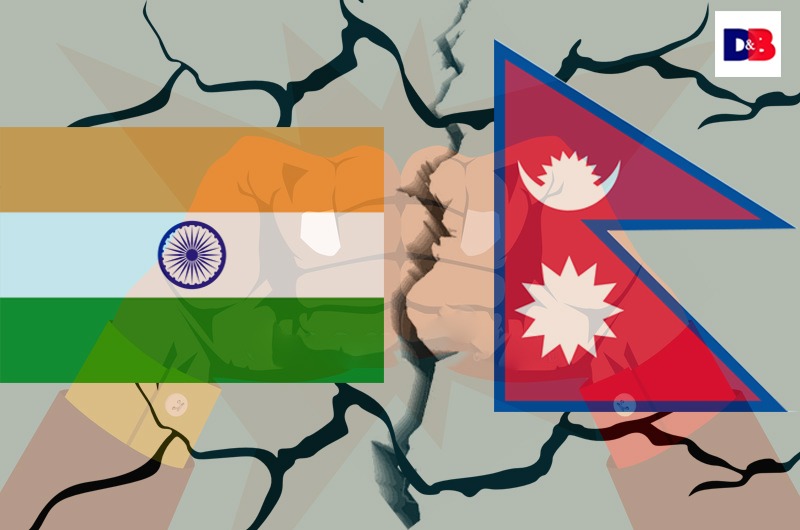The border ties with Nepal is yet again a point of concern for Indian diplomacy and military. The issue has been looming over India for a long time. Is it Nepal’s political discourse or a rise of Nationalistic sentiment as the world suffers from a pandemic is an intriguing disposition.
On May 08th, India’s defense Minister tweeted “Delighted to inaugurate the Link Road to Mansarovar Yatra today. The BRO achieved road connectivity from Dharchula to Lipulekh (China Border) known as Kailash-Mansarovar Yatra Route. Also flagged off a convoy of vehicles from Pithoragarh to Gunji through video conferencing.” The virtual inauguration took the Oli government by a surprise even though the same initiative from the Indian counterpart was being carried out for years.
The Fundamentals
The dispute arises from the origin of river Kali. The Dharchula Tehsil of the Pithoragarh district of Uttarakhand is a point of confluence of Kalapani from North East and Limpiyadhura from North West. The British concluded Kuti Yangti as a point of origin from Limpiyadhura, however, the same was changed in 1857 to Lipu Gad and in 1879 to Pankha Gad, still confining below Kalapani.
Thereafter, India inherited the boundary in 1947 after the agreement from Nepal, overlooking the treaty of Sugali 1816 according to which all the territories east of Kali (Mahakali) River, including Limpiyadhura, Kalapani and Lipu Lekh, belonged to Nepal. Nepal still considers the Sugali treaty 1816 as their historical benchmark whereas, the ground reality is a bit contrary to the same.
The Aftermath
On May 20th, Nepal unveiled a new map, unanimously voted by Pratinidhi Sabha giving a legal stamp to incorporate Indian territory as theirs.
Diplomacy and Bilateral Ties
On November 2, 2019 India issued the 8th edition of it’s map reflecting the new status of Jammu Kashmir. Nepal protested this step taken by India as the name river Kali was deleted though there was no formal change in the Indian Nepal boundary. This led to increasing pressure from Nepal to increase the Foreign Secretary level talks, however, remained pending. As India was hit by Covid 19, the MEA assured that India would resume talks post the lockdown and that the road to Mansarover is well within India’s jurisdiction.
Nepal’s Nationalism
Oli represented Nepal Communist Party (NCP) in 2017 elections and won the same by instilling a nationalistic sentiment successfully in the people as well as in his governance. The nationalistic approach that Oli followed was anti-Indianism.
It would be fair to say that India took it on a lighter note when it came to diplomacy and foreign talks with Nepal, however, growing fanaticism of the Oli government does play a larger role than the former. Giving communism so sharp a left turn that it submerges somewhere to the right, is a new kind of communism that we witness in the 21st century.









